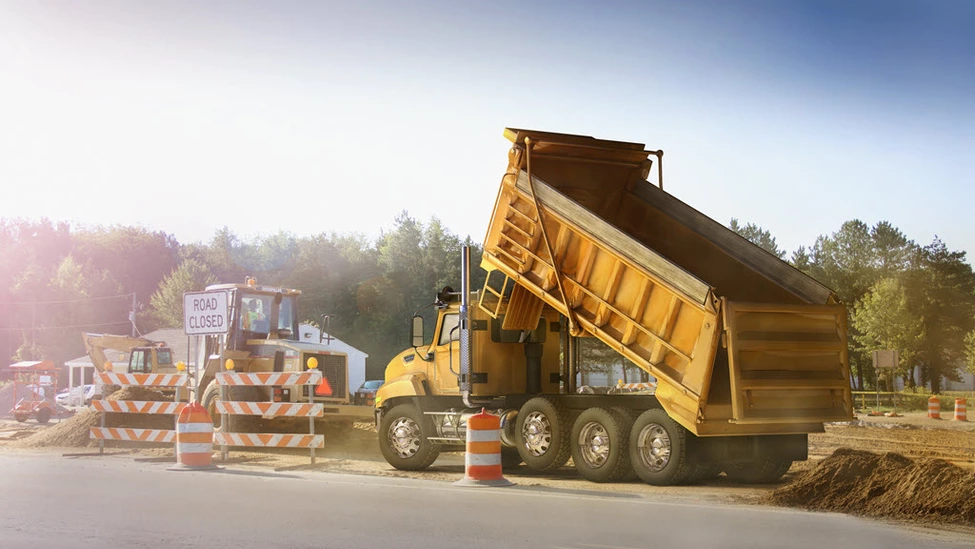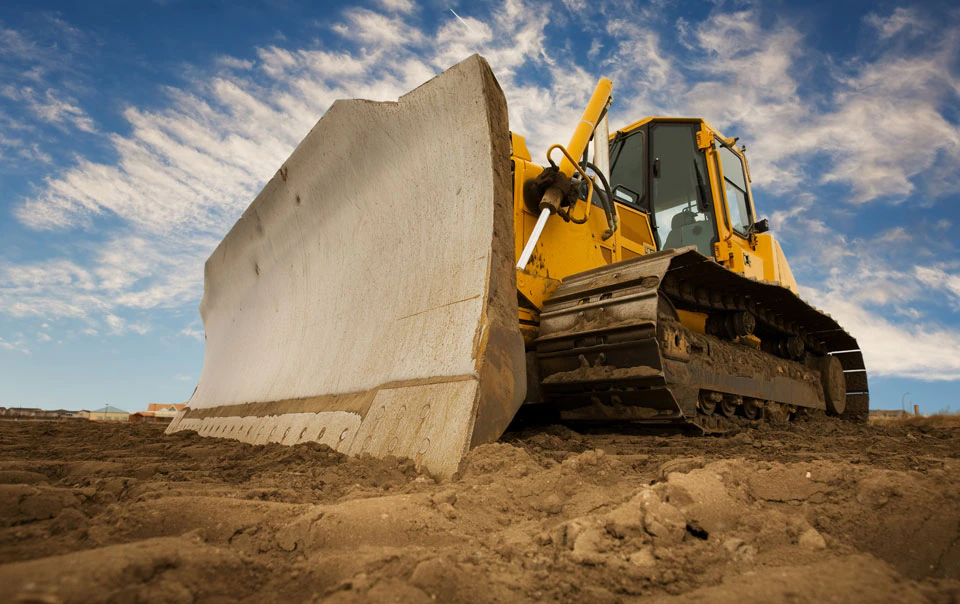3 Construction Work Zone Safety Tips


Setting up and maintaining safe work zones from the beginning – and throughout a construction project – is critical to help ensure worker and public safety and the success of an operation. Consider integrating these important tips as part of the standard operating procedures for safe project planning.
1. Pre-plan and design
Pre-planning and design can be critical steps to keep work zones safe. Preparation at the front end of a project can help keep workers and the public safe. Drive the job before submitting a bid. Assess, identify and document any unusual situations and existing conditions that may require special handling or treatment. Always work under a written work zone Traffic Control Plan (TCP) developed by a qualified person. Follow the latest edition of the Manual on Uniform Traffic Control Devices (MUTCD) as a minimum standard.
Supervisors
All supervisors should meet internal training requirements and have current certification in the American Traffic Safety Services Association worksite Traffic Control Supervisor program or a similar program.
Flaggers
These workers help protect the public and other workers. Carefully select experienced workers and make sure they are trained in flagging safety.
- Equip flaggers with proper size and length stop/slow paddle for flagging traffic.
- Use red flags for emergencies only.
- Provide necessary advance warning of “flagger ahead” warnings appropriate to the speed and volume of traffic at the location.
- Flagger stations need to be highly visible to traffic and illuminated at night.
Conditions
A vital part of keeping workers and the public safe is making them aware of work zone conditions and taking action to help mitigate the risks. Per the latest edition of the MUTCD:
- Eliminate uneven pavement conditions where possible. If milling and repaving, only mill what can be repaved that day to help reduce the exposure to uneven pavement. If unavoidable, provide uneven pavement warning signs wherever there is a difference in elevation between the travel lanes.
- Avoid elevation changes in excess of 3 inches. If unavoidable, slope the edge of the pavement into the drop-off area to help minimize the exposure. Install warning devices and barriers if the drop-off condition will exist for longer than one work shift.
- Maintain clear zones. A clear zone is the space allowance created adjacent to the travel lanes. It allows drivers to recover in the event they leave the traveled portion of the roadway.
This table shows recommended widths of clear zones for common speed limit ranges.
| Work Zone Speed (mph) | Clear Zone Width (feet) |
| 60-70 mph | 30 feet |
| 55 mph | 24 feet |
| 45-50 mph | 18 feet |
| 30-40 mph | 14 feet |
2. Inspections and maintenance
Inspections
To help ensure the plan works as intended, conduct and document an initial inspection of the work zone after the temporary traffic control devices are set up. Conduct daily inspections before and after work shifts and do thorough inspections every week. Have all inspections accurately documented by a qualified professional.
Maintenance
Continuously review the TCP and make corrections or changes as conditions indicate. Drive through the work zone during weekends, holidays, off-hours and after storms to identify new site obstructions or other potential issues with the temporary TCP. Additionally, be sure to remove traffic control elements as soon as they are no longer needed. All devices should conform to applicable quality standards throughout the entire life of the job. A qualified professional and the Authority Having Jurisdiction must approve all changes in writing.
3. Worker safety awareness and training
From ensuring proper worker attire to strategic positioning within the work zone, reducing the risk of vehicle and heavy equipment accidents starts with increasing worker safety awareness. This section addresses three important safety practices all workers should be trained on. Well-trained and informed workers can help foster a safer work zone environment for all personnel involved.
Flagger positioning
Flagger stations must be located far enough ahead of work zones so that approaching traffic has adequate distance to stop before entering the work zone. Station flaggers sufficiently ahead of workers to ensure there is adequate time to warn them if an out-of-control vehicle is headed their way. Audible warning devices, such as air horns or whistles, should be readily accessible to the flagger.
Equipment
Work zones often have multiple pieces of equipment operating at any given time. This can present pinch points, or congested areas, with nearby workers. Train workers to always keep their eyes open and stay clear of heavy equipment, as operators may not see them amid the work zone’s activities and noise. Workers should never take a chance and attempt to run behind a vehicle that is backing up because a slip or fall could result in a severe injury or fatality. Workers should also know to avoid walking alongside moving equipment to help prevent accidents caused by equipment slides, turns or shifting loads. Require workers to wear their seatbelts to help prevent injuries and protect operators by keeping them inside the cab. These are just a few of the many safety practices workers should follow to help reduce the likelihood of accidents involving heavy equipment and other vehicles in work zones.
Personal protective equipment (PPE)
Work zone PPE is designed to protect workers from injury and help them be more visible. Hard hats, safety glasses, work boots, long pants and shirts with sleeves should be minimum PPE requirements. For daytime work, workers must wear safety vests that are either orange, yellow-green or a fluorescent version of these colors. For nighttime work, vests must be retroreflective and visible at a minimum distance of 1,000 feet. Brightly colored hard hats, such as orange or yellow, can help increase flagger visibility. Note that some states specify the required color of hard hats. Dressing appropriately for work zones can help gain drivers’ attention, engender their respect and alert them to move cautiously. This all helps improve worker safety.
Learn how Travelers’ risk expertise can help you create safer work zones. Contact your agent or speak to a Travelers representative.



